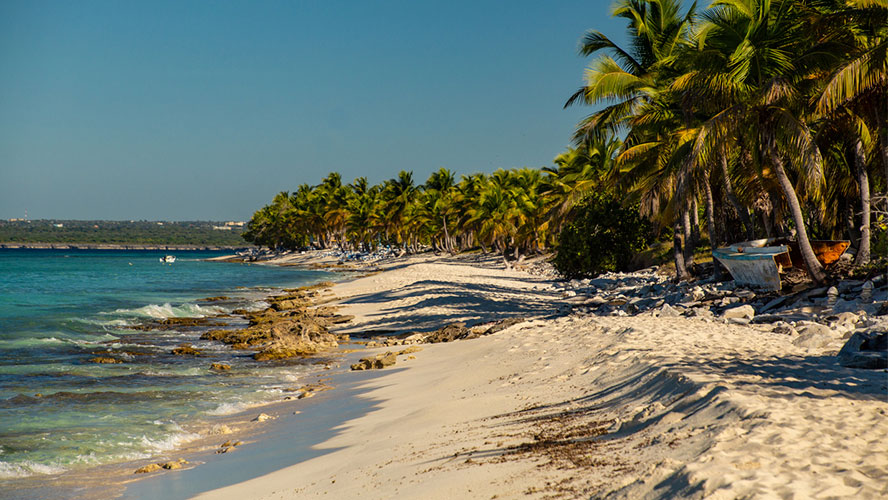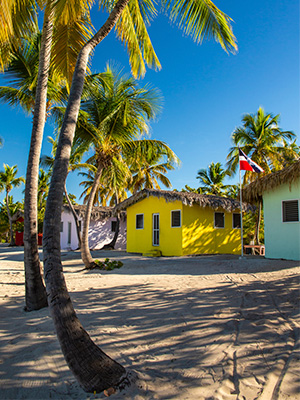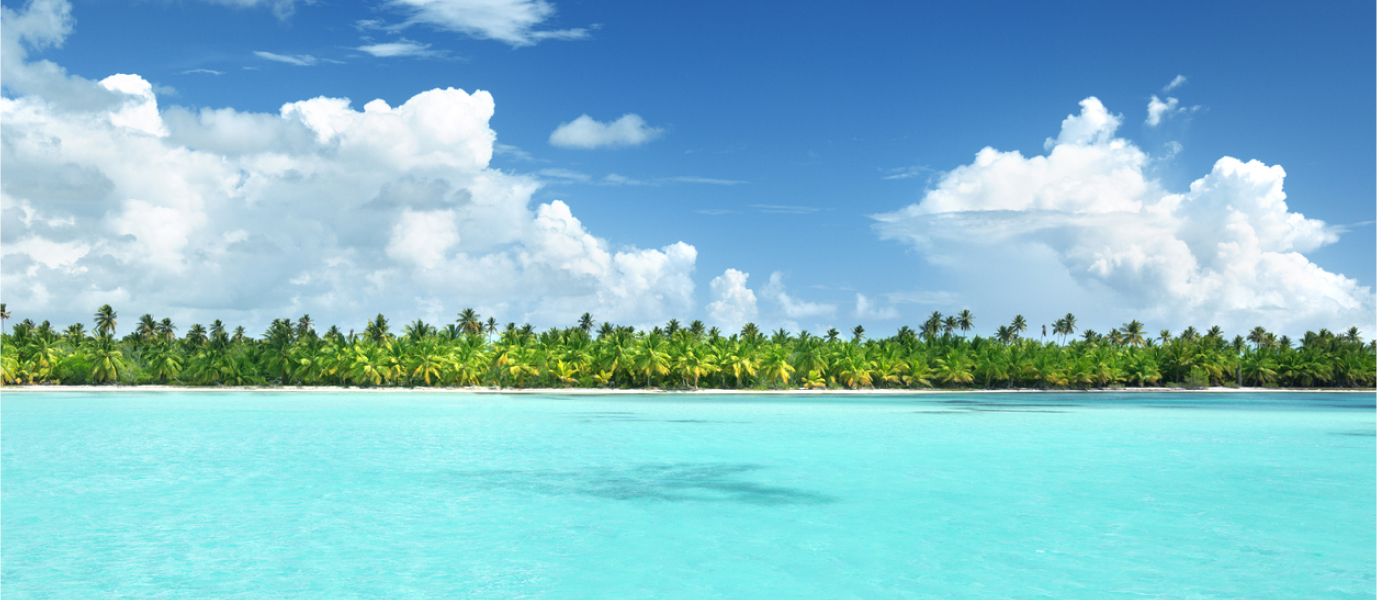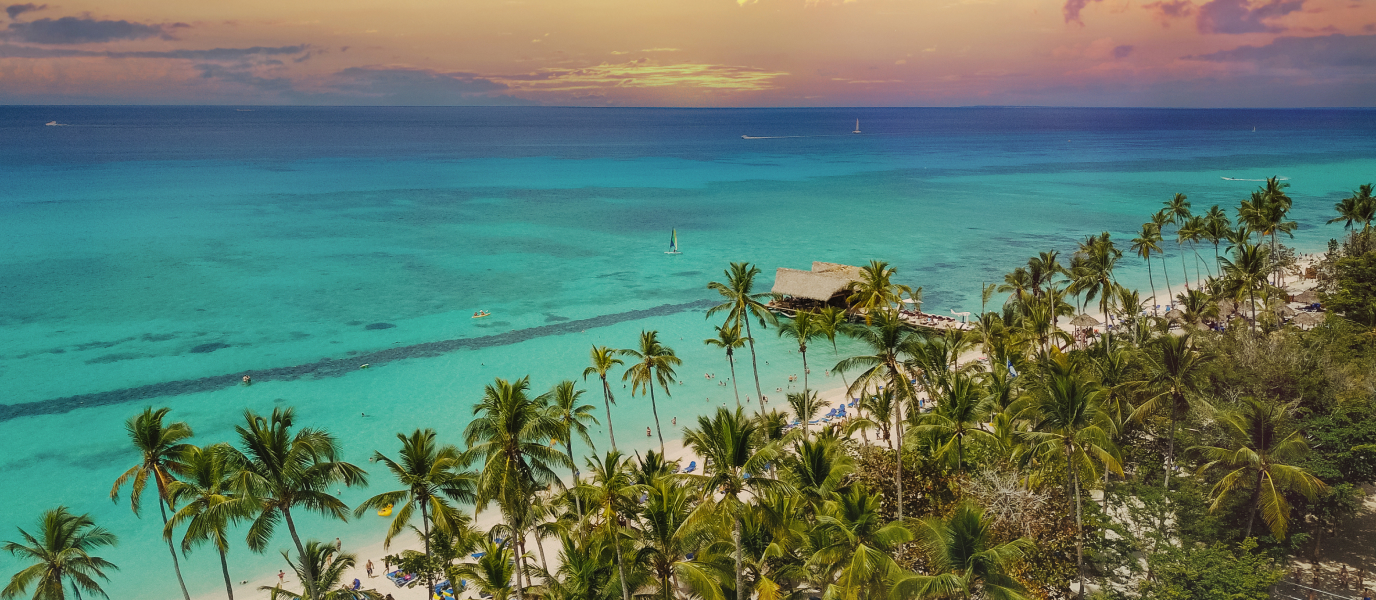Catalina Island was discovered by navigator Christopher Columbus on his second trip to the Americas. Although he named Catalina Island after Queen Isabella of Castile’s daughter, it’s also commonly known as Ikiita Island. And, when the island was inhabited by indigenous people, it was known as Labanea or Toeya. Catalina Island forms part of a three-island archipelago (alongside Saona and Catalinita), located in the southeast of the Dominican Republic. Saona is the only populated island in the archipelago.
Just like many other areas in the Caribbean, Catalina Island served as a refuge for pirates and privateers from 1520 to the 1720s. Pirates would wait for Spanish ships to sail through their waters to attack and rob them of their riches. The island has plenty of interesting stories any history buff would love to hear.
The hidden history of Catalina island holds the secrets of pirates and privateers
One such story is about William Kidd, better known as Captain Kidd, a British sailor who was accused of piracy and executed in 1701. He’s known as one of the most famous English outlaws of all time. The remains of his ship, the Quedagh Merchant, were discovered by University of Indiana archeologists in 2007, just yards off the shore of Catalina Island.
Located a few miles southeast of Hispaniola Island and just over 60 miles from Santo Domingo, Catalina Island is an uninhabited paradise that’s fully equipped for modern tourism. This humid, tropical island is a mere 3.7 sq mi and its average yearly temperature is a comfortable 77 degrees. Visitors are only allowed in one area of the island, known as the VIP area.
You can access Catalina Island by boat from La Romana, the city closest to the island. Some Caribbean cruise ships have private beaches on the island and take their passengers there. Even though the island is small, it’s the second largest in the Dominican Republic after Saona Island.

Fun water sports, picture-perfect strolls, delicious criollo food and tropical cocktails in a rustic, eco-friendly and welcoming atmosphere are just a few of the reasons people visit this island of the Dominican Republic.
You can visit Catalina Island by taking a day trip from Punta Cana, Santo Domingo or from La Romana port. Some services include Caribbean food tasting, tropical drinks and merengue and bachata dance classes. The average trip to the island lasts around ten hours—even though visitors never want to leave.
Catalina Island has three main beaches: one in the north, one in the east and one in the west. Although the west-coast beach is the best-developed and welcomes the vast majority of tourists, the others aren’t to be missed.
Things to do on Catalina island
Catalina Island is a true gem of the Dominican Republic and one of the best destinations for snorkeling and diving. Its crystal-clear waters and huge coral reefs are home to the Living Museum of the Sea and Captain Kidd’s shipwreck (located nearby at 69 feet below sea level).
Visiting Catalina Island is like walking through a daydream. A wide array of snorkeling routes take curious visitors to see colorful fish and lively coral reefs, while divers can take the plunge and visit the magical, unique Pared de Catalina, an impressive wall that reaches depths of 330 feet. There, divers can enjoy an incomparable underwater ecosystem with views of coral gardens and tropical fish and plants.
Diving lovers can discover another natural wonder in the Acuario. At 36 feet below sea level, enormous formations of live coral thrive alongside native species such as the spotfin lionfish and toads, among many others.
There’s also plenty to do for visitors who don’t want to dive into the water. Alternative options on Catalina Island include visiting the island’s colorful landscapes and rock formations, such as the Cabeza de Morgan (a large rock formation which looks like a face), white-sand beaches and vegetation.
Fishing lovers will also find paradise on this Dominican Republic island with this exciting and relaxing sport. And visitors looking for rest and relaxation can dream on the island’s white-sand beaches after a relaxing swim.
Catalina island, the garden of eden with incomparable flora and fauna

On Catalina Island, picturesque landscapes with super fine, white-sand beaches and warm, calm waters are home to a well-protected variety of flora and fauna. This island is considered an Ecological Reserve and forms part of the protected National Park of the East, where more than 500 species of flowers and 300 species of birds live.
Catalina Island offers magical face-to-face encounters with a wide array of animal species such as raccoons, wild hares, and turtles that visit the island to lay their eggs. The island’s terrestrial fauna consists mostly of autochthonous species and includes: one frog, one land turtle, two snakes, six saurians, ten birds, four marine turtles and some mammals.
The island’s waters are also home to a rainbow variety of fish: sea horses, sponges, beautifully colored blow fish, butterfly fish swimming in pairs, queen angelfish, longhorn cowfish, urchins, Atlantic trumpetfish, yellow goatfish, spotted trunkfish, and many others that love the warm and crystal-clear waters of Catalina Island.
When it comes to flora, Catalina Island is covered by a tropical dry forest which is home to plenty of dwarf oak, gumbo limbo and olive trees. Mango, coco and palm trees are also in abundance, including local silver thatch, mangroves and bushes which thrive in this area. In addition, an idyllic garden of coral reefs lie in the depths of Catalina Island’s waters.






































































